From Traditional Office to Coworking: Making the Switch
Should flex space be standard in office properties? Experts weigh in.
One of the many consequences of the pandemic is that it has opened the path for coworking to come of age, accelerating a decade-long trend. The inventory of flexible workspace has been growing an average of 23 percent annually since 2010, according to a report by JLL. With the combination of large venture capital investment and increased popularity of hybrid work, the coworking business model is a major revenue driver.
Flexible office spaces worldwide are projected to reach more than 40,000 by 2024 and accommodate 5 million workers, a 158 percent increase from 2020, according to a Coworking Resources report. During that same period, 77 percent of coworking companies plan to expand to new locations.
And coworking is taking an expanded role in office occupant space strategies. According to CBRE’s spring 2022 report, 59 percent of corporate real estate executives expect flex space to account for a significant amount of their office footprint in the next two years.
In an effort to draw in more cash flow as well as improve occupancy, office owners are taking the opportunity to create their own flexible spaces, through programs such as Boston Properties’ FLEX by BXP or Irvine Co.’s Flex Workspace+, or to partner with coworking operators.
“Some (office) landlords are creating their own brands of coworking space. … Others are looking at their portfolio and saying, ‘Hey, my building stack doesn’t have a flexible option. If I have a flexible option, it will increase the likelihood of tenants I already have in my building staying in my building for longer,’” said Beth Moore, head of strategic growth at Raise Commercial Real Estate, which advises clients on building, managing and brokering workspace.
The still-evolving paradigms for office work make a strong case for incorporating flex space into an office portfolio, experts contend. The diversity of coworking’s end users promotes both growth and stability in a property’s tenant roster, according to Ramon Gonzalez, founder & CEO of THRIVE, an Alpharetta, Ga.-based flex space provider.
“A coworking space is a collection of businesses in the local community,” he said. “If you have an asset that is in a market that is vibrant and in an economy that is strong, you are more diversified, having, say, 20 to 40 companies occupying your floor, versus having single-tenant risk.” He predicts a significant uptick in space delivered to suburban and lifestyle-destination markets, which he says are undersupplied with coworking options.
Beyond that, Gonzalez makes the case that coworking operators are highly stable tenants that prefer to make long-term commitments. As he puts it, “We don’t want to go through the process of relocating.” Both coworking operators and their members are motivated to expand in place rather than moving to a different building.
From an analytics perspective, the number of coworking spaces has been an upward trend for the last 10 years—and the potential market has broadened considerably. “It used to be a tech company or a startup, and it is not necessarily that any longer,” said C.J. Ford, market analytics lead at Raise.
Building owners and managers of all property types are converting spaces to accommodate flexible space operators. Even with modifications, office space is widely considered the most natural fit for coworking. Owners now face pivotal decisions about whether—and how—to incorporate flex space into their properties.
Evolutionary theories
“While previous iterations of coworking spaces were targeted at solo gig workers and small- to medium-size businesses, recent trends show more enterprise companies utilizing coworking spaces as they pivot towards flexibility and offering their employees more options about where and how they work,” noted Brendan McGee, director of worCPlaces, CP Group’s flex space unit.
“Coming out of the pandemic, C-suite executives are more open to the value that coworking offers and are more inclined to suggest coworking as a solution to both control their bottom line and drive worker wellness and productivity.” McGee noted that he expects to see enterprise-level companies hanging their logos on coworking locations in the future.
As new coworking operators enter the market and experienced operators expand, these companies must assess how to stay ahead of the competition amid end users’ changing approach. Operators are adjusting their tactics, pushed by economic conditions and office users’ heightened need for flexibility. “What we are seeing is that coworking providers are not taking space at an exponential rate like they had before,” she said. “It is very small, calculated decisions that require a plethora of business case financials to be written.”
Making the switch
For CP Group, which launched its coworking division in August 2021, customer input is the driving factor in the decision to convert conventional office to flex. Coworking becomes an attractive strategy when occupants with evolving headcount and growth projections need more flexibility and turnkey solutions, noted McGee.
CP Group’s first in-house, owner-operated location is a converted floor at an Atlanta property offering a standard coworking model, dubbed CoWork Places, as well as five suites able to accommodate teams ranging in size from 10 to 30. “We have additional locations planned across our portfolio,” McGee reported. “Our goal is to have as much as 10 percent of our 18 million-square-foot portfolio operate as coworking/flex.”
READ ALSO: Coworking Sector Marking Swift Return
A central issue for office owners is how to pivot toward coworking as an element in their space. THRIVE has completed adaptive reuse projects as well as office conversions. Gonzalez notes that renovating and altering an historic building can yield a beautiful product but requires more time and money than converting existing office space. “In terms of optimizing layout, it is more economical to do a conversion if there is already lots of infrastructure in place,” he said.
Depending on the existing condition of the building, operators make calculated decisions on which property suits their brand best. “When operators are going into new buildings, they have a list of predefined criteria that helps them narrow down which building they are going into,” said Moore.
Everything comes into consideration, from the floor plate size to the windows, bathrooms and elevators. Often, pre-existing office space layouts do not accommodate the appropriate load factors for bathroom and elevator capacity needed by a coworking space. The building’s traffic flow frequently needs an upgrade.
A makeover to flex space must often address the noise factor. With the change to an entirely collaborative environment, kitchen sounds and simultaneous meetings often make improved acoustics a necessity. Dedicated areas for food and refreshment are also a huge draw for coworking clients. Operators make the space larger and typically more inviting, with more amenities than in conventional office space.
Glimpses of the future
In September, James Davison, co-founder & CEO of The New Design Project, told Commercial Property Executive that most landlords are now embracing flexible spaces as the future of work. He believes that traditional office landlords that do not accept coworking spaces as part of their portfolio will end up competing for tenants with operators.
As Moore notes, a new catchphrase in the office sector is “Offsite is the new onsite.” Rather than investing in traditional office leases, many tenants are allocating savings gained through flexible work environments toward offsite events. Bringing employees together outside of the office, while giving them the flexibility to work where they wish, reflects a shift in mindset that is likely here to stay.
A cultural change is steering the future of working spaces in a flexible direction. COVID has only accelerated the trend to provide workers more freedom to choose where and when they do their jobs.
“We have gone through a season where with employers and employees, there has been a power shift,” Gonzales said. Workers have gained extra leverage because of the talent shortage, and employers have been forced to accommodate their employees’ needs. “I think overall that is a positive trend if you think about where we come from in terms of how work has been done up until now. It is much more employee-centric.”
Similarly, McGee believes that coworking spaces are fundamentally about employers offering value, choice and flexibility to their employees. “These are the main traits that heralded the rise of popular coworking brands over the past decade,” he said. “The global pandemic magnified the importance of these attributes and turned every business into a potential coworking or flex office customer.”

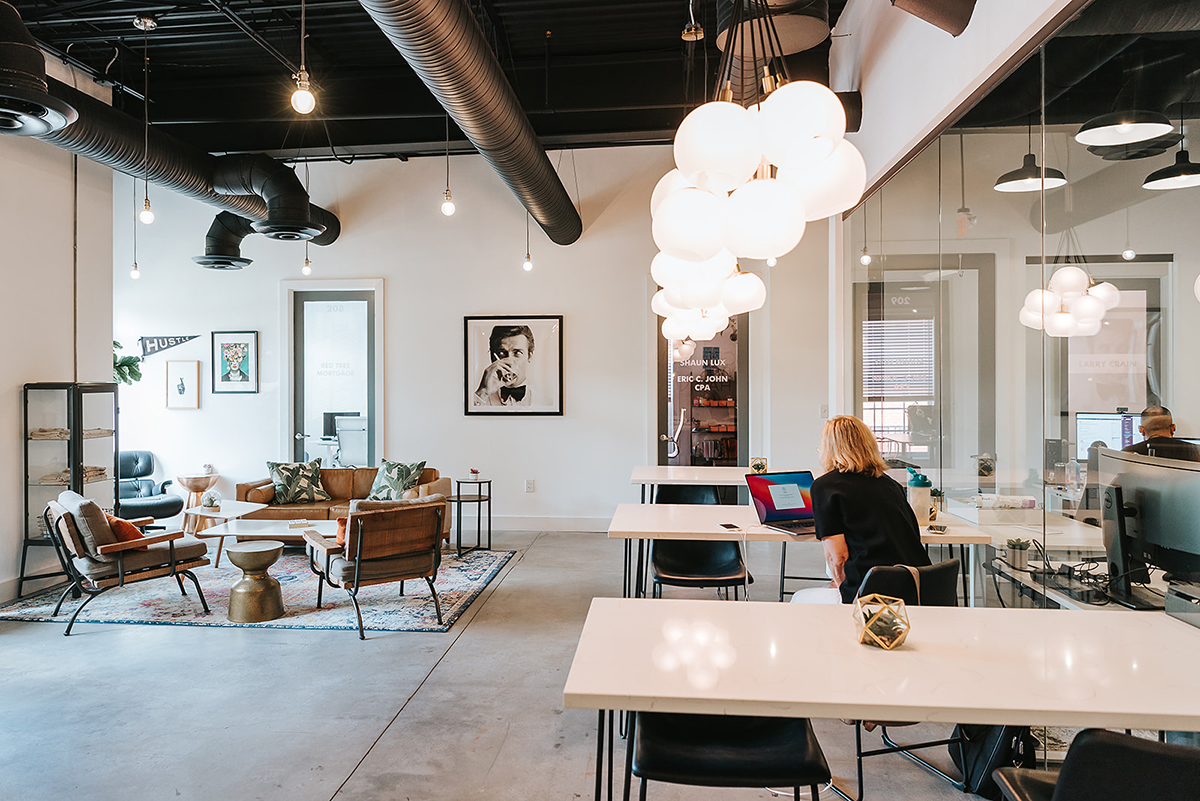
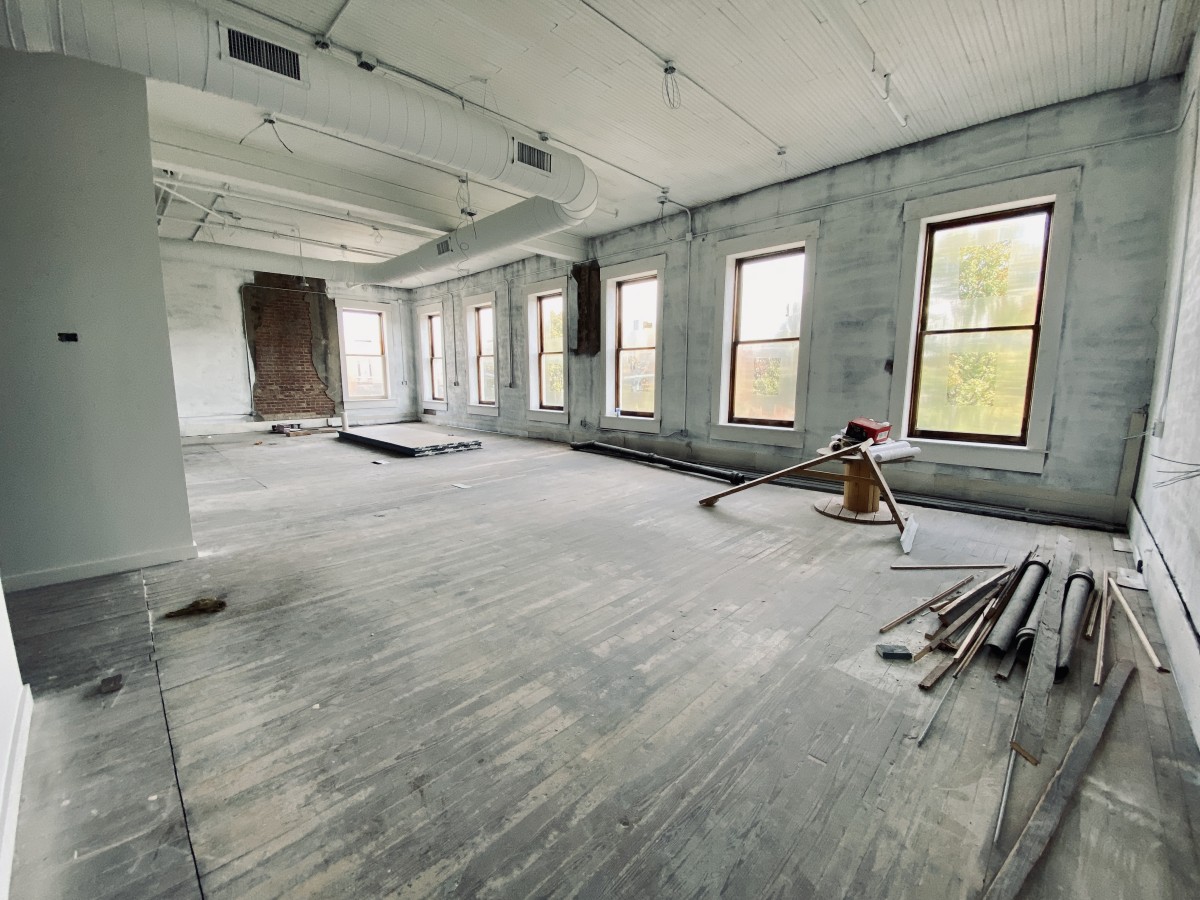
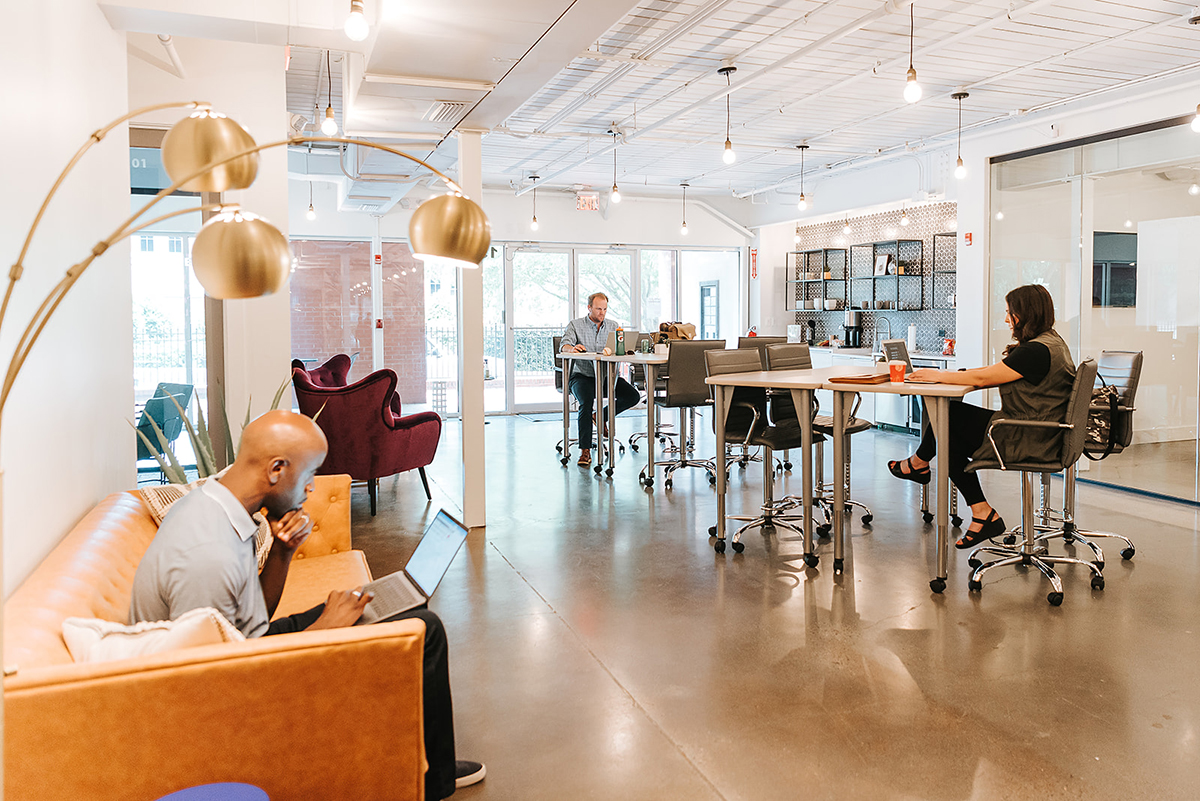
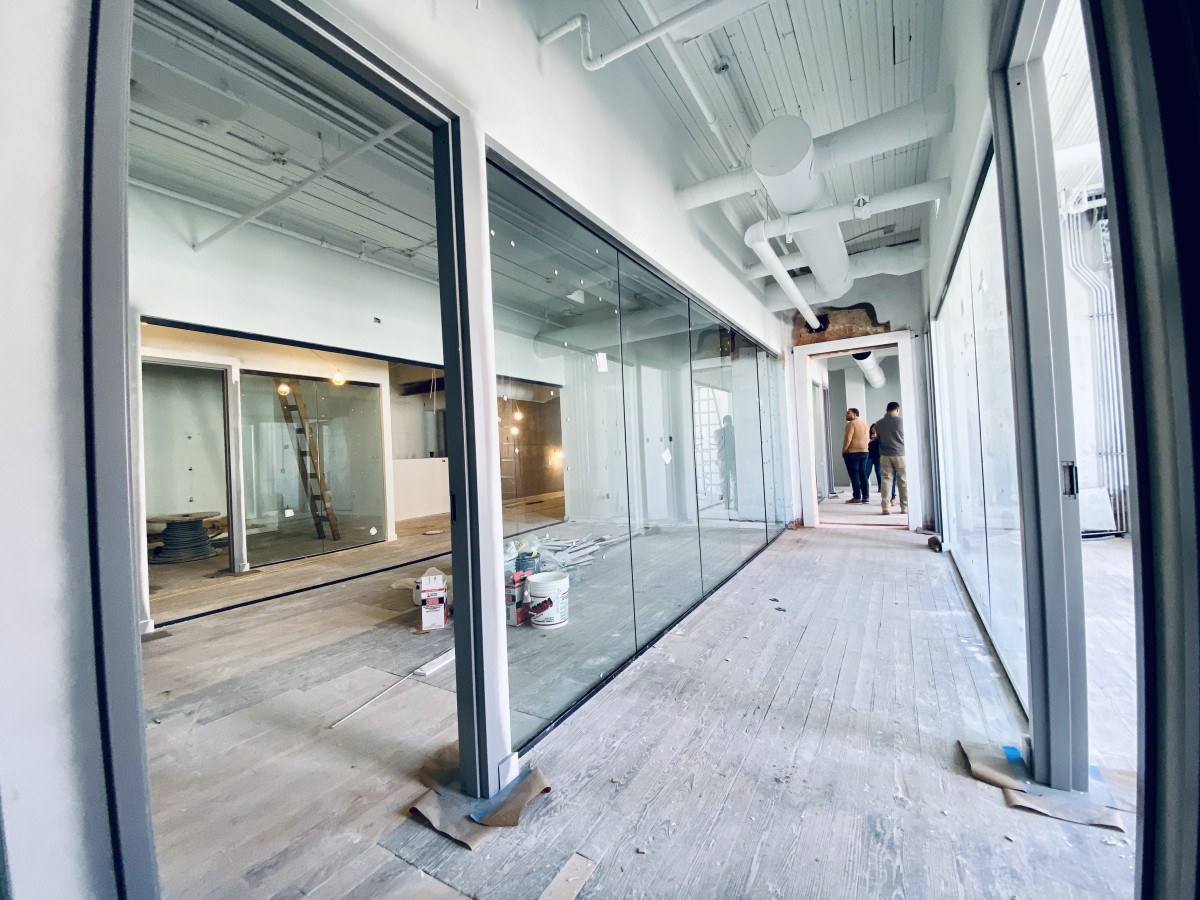
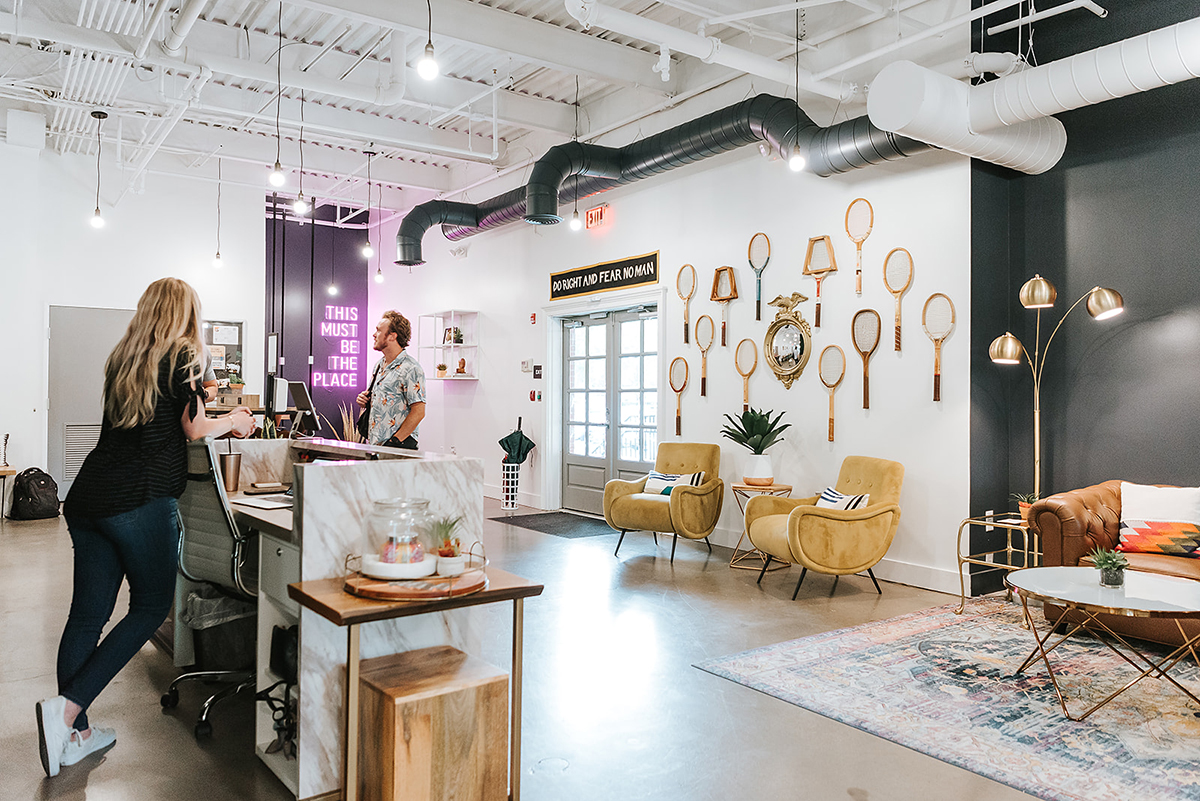
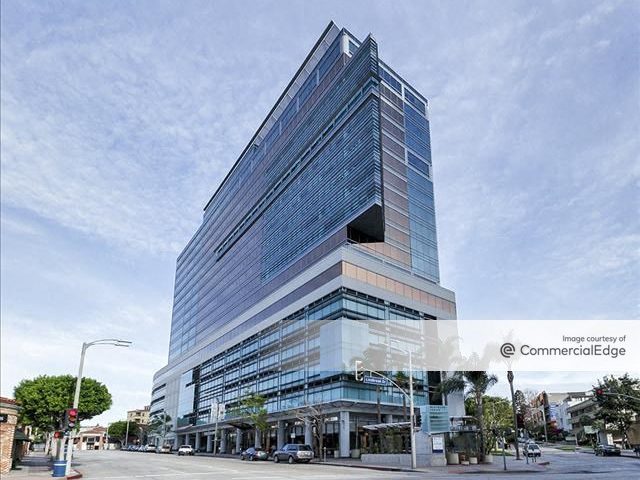
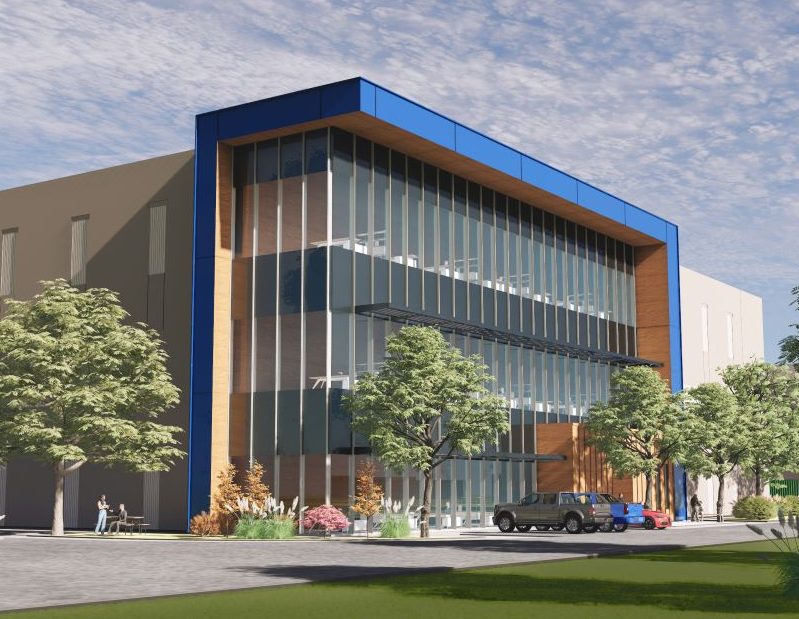
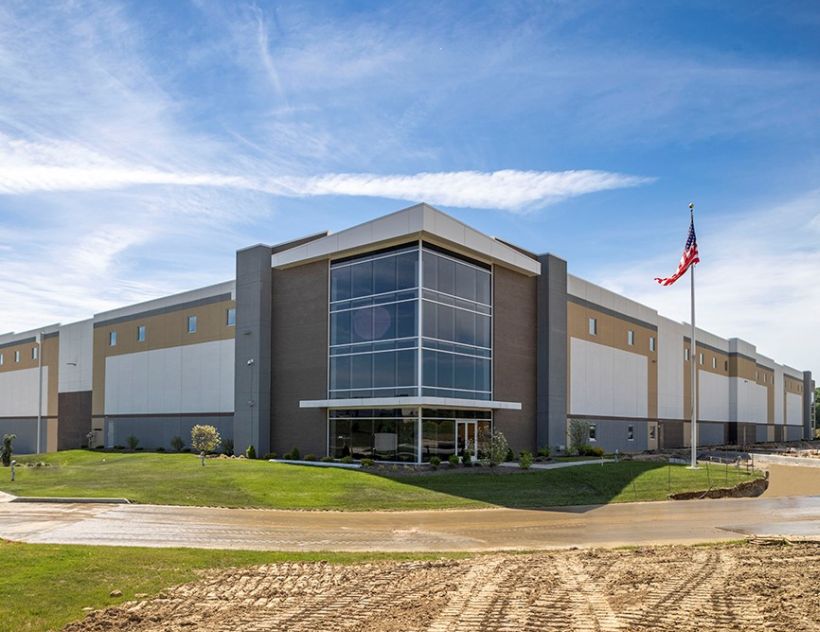
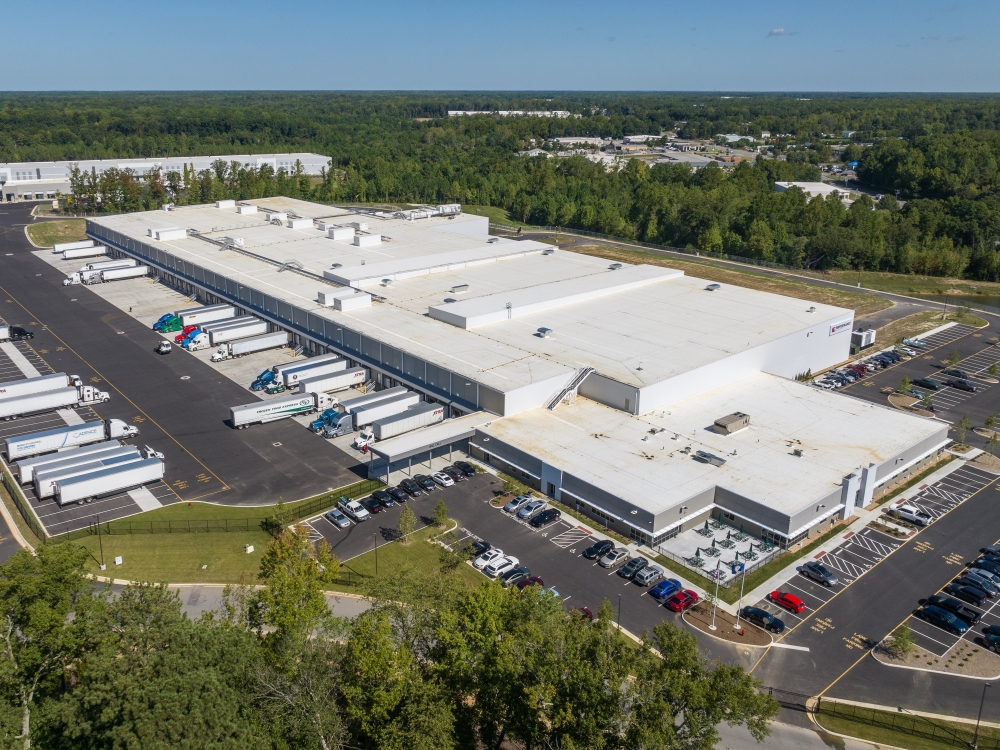

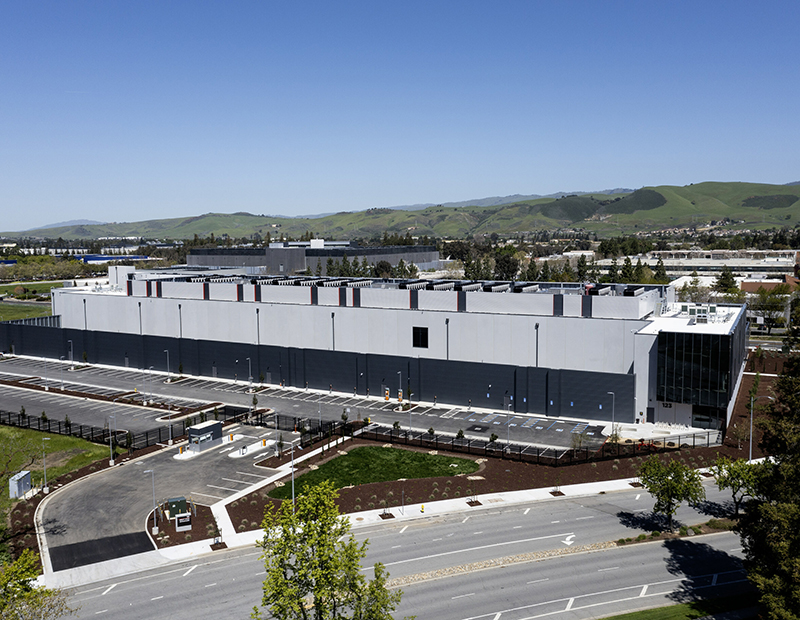
You must be logged in to post a comment.